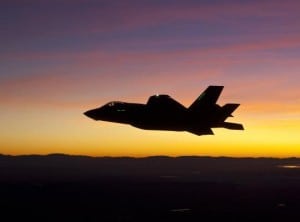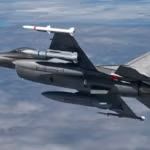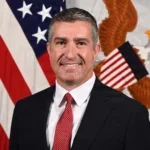
Because of a shortfall of active duty maintainers, the Air Force will rely on contractor-provided maintenance support for F-35 Joint Strike Fighter training units, its chief of staff Gen. Mark Welsh told a Senate panel Wednesday.“We have basically thrashed a little bit over the last couple of years to figure out how to find the maintenance manpower that we had planned to take from other systems—we don’t have 1,500 maintainers sitting around waiting for work—to transition to the F-35,” he…













